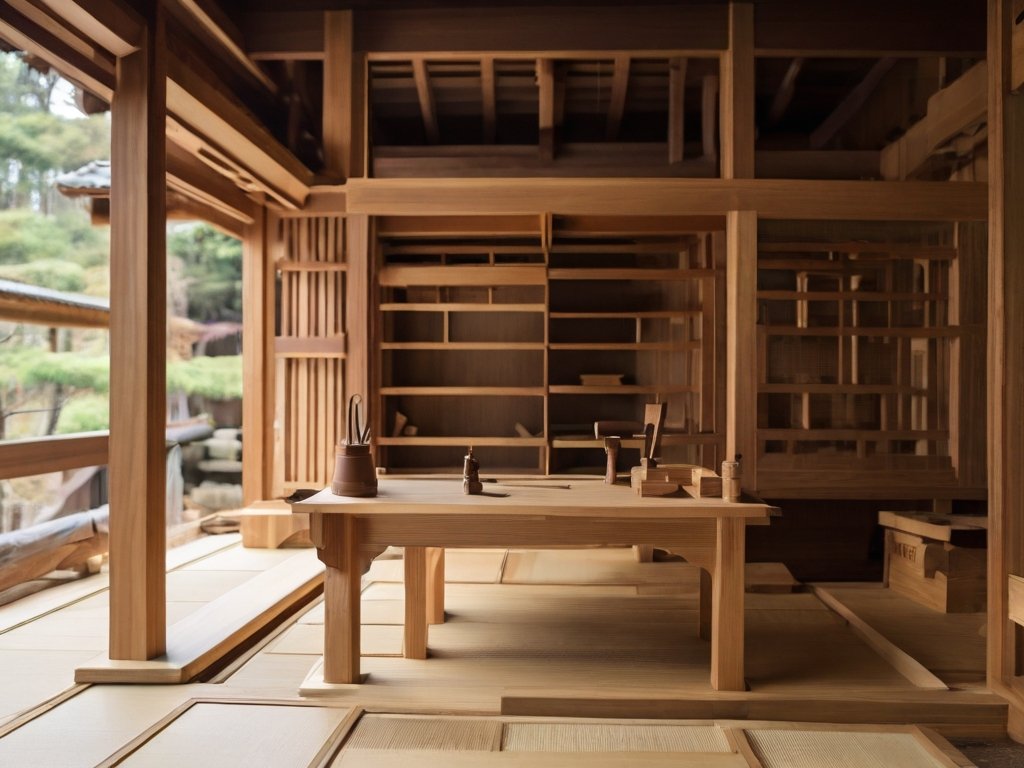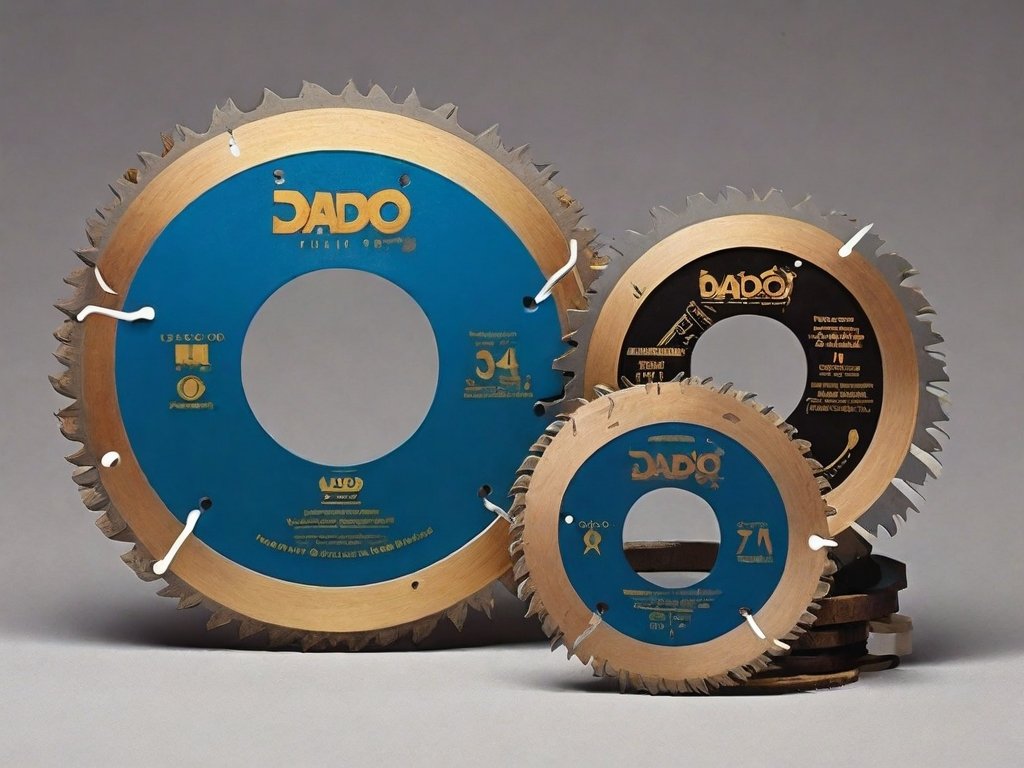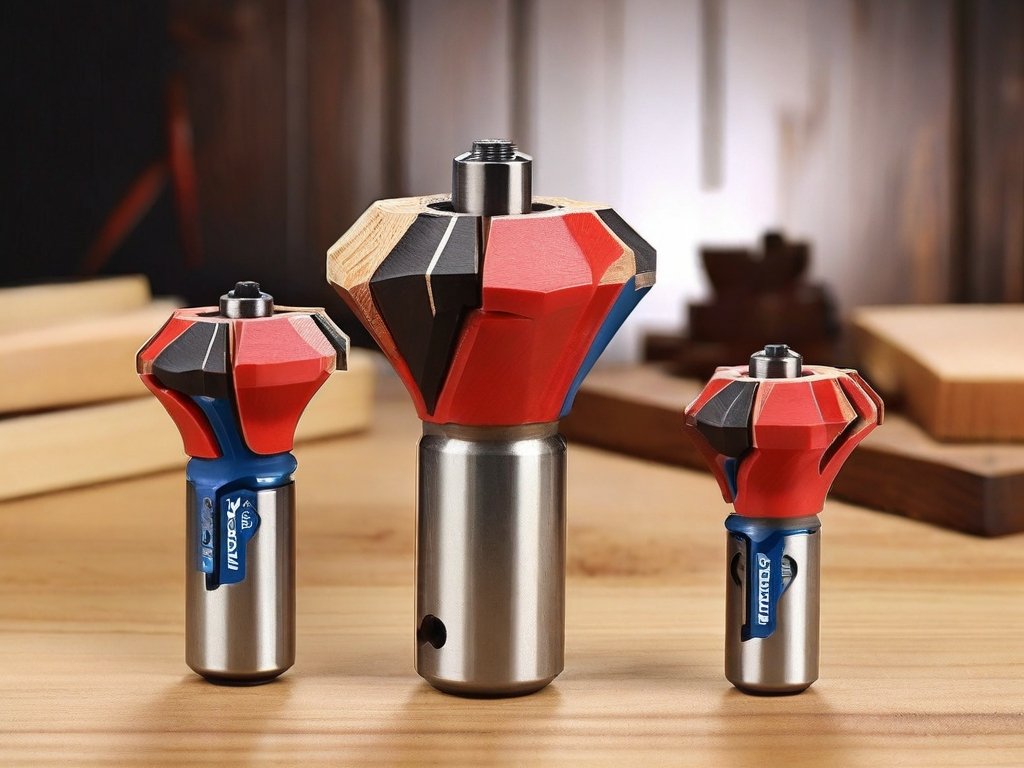Mastering the Craft: Japanese Carpentry Techniques for Modern Woodworkers
Japanese carpentry is renowned for its precision, elegance, and time-honored techniques that have been passed down through generations. In recent years, there has been a growing interest in Japanese carpentry among modern woodworkers seeking to learn and incorporate these traditional methods into their practice. In this article, we’ll explore the art of Japanese carpentry, its distinctive techniques, and how woodworkers can incorporate them into their projects.
Understanding Japanese Carpentry: Japanese woodworking, known as “miyadaiku,” is rooted in centuries-old traditions that emphasize craftsmanship, attention to detail, and harmony with nature. Unlike Western carpentry, which often relies on nails, screws, and adhesives, Japanese carpentry emphasizes precise joinery techniques that allow wooden structures to fit together seamlessly without the need for fasteners. This results in durable, resilient, and aesthetically pleasing structures that withstand the test of time.
Distinctive Techniques of Japanese Woodworking: One of the defining features of Japanese carpentry is its mastery of joinery, or “tsugi.” Traditional Japanese joinery techniques include intricate mortise and tenon joints, dovetail joints, and interlocking puzzle joints, among others. These joints are meticulously crafted by hand using only saws, chisels, and planes, resulting in joints that are both strong and visually striking. Additionally, Japanese woodworking places a strong emphasis on “sashimono,” or the art of precise woodworking, which involves creating perfectly fitting joints and surfaces with hand tools.
Incorporating Japanese Carpentry into Modern Projects: While Japanese carpentry techniques may seem daunting to beginners, modern woodworkers can gradually incorporate these methods into their projects to enhance their skills and craftsmanship. Start by learning basic Japanese joinery techniques such as the mortise and tenon joint or the dovetail joint, and practice them on small-scale projects such as boxes or frames. As you gain confidence and proficiency, gradually incorporate more complex joinery techniques into larger projects such as furniture or architectural elements.
One of the key principles of Japanese carpentry is “kigoroshi,” or the art of cutting wood with precision and accuracy. This involves mastering the use of hand tools such as Japanese pull saws, chisels, and planes to achieve clean, precise cuts and surfaces. By focusing on precision and attention to detail, woodworkers can achieve results that rival those of traditional Japanese craftsmen.
Benefits of Japanese Carpentry Techniques: In addition to their aesthetic appeal and craftsmanship, Japanese carpentry techniques offer several practical benefits for modern woodworkers. By emphasizing joinery over fasteners, Japanese woodworking produces structures that are not only stronger and more durable but also easier to repair and maintain. Additionally, the emphasis on hand tools and manual craftsmanship promotes mindfulness, patience, and a deeper connection to the material and the process of woodworking.
Japanese carpentry represents a rich and venerable tradition that continues to inspire and influence woodworkers around the world. By studying and incorporating Japanese carpentry techniques into their practice, modern woodworkers can elevate their skills, enhance their craftsmanship, and create timeless pieces that embody the principles of precision, elegance, and harmony with nature. Whether you’re a seasoned woodworker or a novice enthusiast, exploring the art of Japanese woodworking offers a rewarding journey of discovery and mastery in the craft of woodworking.




Post Comment